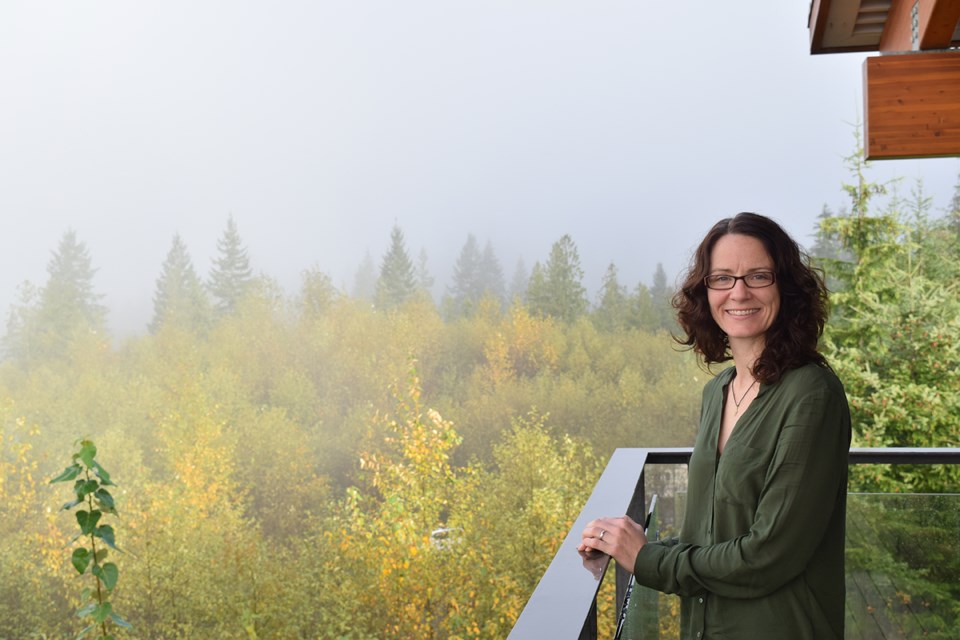They head out into the Squamish Estuary at about 7 a.m. on Sundays rain or shine, year-round with binoculars and cameras at the ready and are gone for hours.
And they have been doing it voluntarily for years.
Squamish Environment Society birders have been recording data on the birds they see every month since 1991.
The multi-layered data has never undergone expert analysis, but that is about to change.
Quest University life sciences professor Kimberly Dawe recently signed a letter of agreement with the society to begin analysis of the massive Squamish Estuary data the Squamish Birders have collected.
Larry Murray, with the society, said without attaching meaning to the data it is hard for society members to respond appropriately to the development pressure currently being put on Squamish.
“If we go to council or meet up with a developer at an open house and we say, ‘Do you realize there are 750 varied thrushes in your area?’ there’s a long pause and it is like, OK, so what? We can’t link that to a meaningful structure of understanding. Kim is going to allow us to do that,” he said.
Dawe can’t wait to dig into the data, she told The Squamish Chief on a recent foggy afternoon at Quest.
“[It’s] really exciting for me to be part of the community and share my skills in a way that people are interested in,” she said.
It is unusual for this much data to have accumulated and not yet analyzed, Dawe said.
“To walk right into a 25-year data set is pretty exciting and the only way to get it is from these citizen scientist programs where they go out and do it for the fun of it,” she said, adding that the local birders have amazing naturalist skills that most scientists, unless they are hobby birders, don’t have.
Dawe needs to format the bird data so that it can be analyzed.
There are over 235 species of birds that use the Squamish Estuary, according to the society.
It is early days yet, but Dawe said she imagines she will be looking at the estuary as a whole, year-over-year.
“I will look at the number of times particular birds have been detected,” she said.
“So if we have a bird that has been seen five times then I am going to think to myself, ‘Is this typical of where it is found in this part of the world? What season was it? Do we think that it might have been a mistake in identification?’” Dawe said, explaining her analysis process.
Once she figures out how detailed she can get with the data then she will put it in the context of what is going on with birds in general.
“Globally, we are seeing massive declines in birds, particularly song birds,” she said. “There are some birds that are at the estuary year round, but then we have a lot of migrants that just come for the breeding season and then they go somewhere else.”
Scientific evidence equates the decline in birds to habitat loss and degradation, Dawe said.
“Rolling back to 1991… I want to build a bit of estuary history to match with the data to look at potential degradation, or habitat loss or improvement maybe because we have restored the estuary,” she added.
She also wants to look at climate change and the impact of domestic cats as a factor in any changes in the prevalence of birds in the estuary.
Dawe will next apply for funding to help with the project and she plans to hire a Quest student and involve her classes in the project.
It will likely take a year to 18 months to come to any conclusions from the data, according to Dawe.
The Squamish Birders are always open to new members, Murray said.
For more information on the society and contact information go to www squamishenvironment.ca.



